Results are sexy. Surgery…not so much. The tummy tuck procedure is one of the most popular body contouring procedures in the United States. People are absolutely thrilled with their flatter, contoured abdomen with a tighter, smoother waist post-procedure. However, not everything tummy-tuck-related is as glamorous as the results. For some, learning proper recovery practices and how to use drains to recover from tummy tuck surgery can be an instant turn-off. But what about a drainless tummy tuck? Imagine being able to go through the tummy tuck procedure without having to worry about the drains, making recovery a breeze. Sounds too good to be true, right? That’s exactly right. Drains, as un-fun as they are, are necessary components of a successful tummy tuck recovery with less postoperative complications. For optimal results, safer recovery, and a happier post-recovery patient, it’s much wiser to opt for the tummy tuck with drains.
Why Is A Drainless Tummy Tuck Riskier?
Plastic surgeons use drains to remove excess fluid underneath the skin that develops in the early stages of the recovery process. Since traditional tummy tucks separate the skin layers, fat layers, and abdominal muscles to tighten and mold the underlying muscles and skin, a space forms for a temporary amount of time during healing in which fluid collects. If too much fluid collects in this area, a surgical complication called seroma can occur, ruining results, increasing infection chances, and which could require additional surgery for correction. To prevent the fluid from collecting, surgeons use a drain to help get this fluid out of the body.
Instead of using drains to get the fluid out of the body, a drainless tummy tuck uses strategically placed sutures at the incision site to hold the skin, fat, and muscle together. In theory, the sutures are supposed to hold everything together to prevent any fluid from collecting. However, this is much easier said than done. It’s estimated that one out of every four drainless tummy tucks experiences suture failure, meaning that fluid will collect and leak anyways, leading to further complications. Another potential problem with the placement of these sutures is that it can negatively affect the appearance of the skin by creating tethering points that can dimple the skin.
But My Friend Had A Successful Drainless Tummy Tuck!
Drainless tummy tucks can work. Many plastic surgeons offer drainless alongside drain tummy tucks to give their patients more options. Some people have little to no issues with drainless tummy tucks and say that it was certainly worth the risk. However, we here at Vinyard Institute of Plastic Surgery want to ensure the best for our patients and minimize as many risks as possible. Due to drainless tummy tucks’ less reliable track record, we opt for the safest and most effective route every time.
Nonetheless, the ultimate decision is up to the patient. If they prefer a drainless tummy tuck, many top-quality surgeons offer this route with success. As always, we encourage the patient to independently research both the procedure and the surgeon before undergoing life-changing surgery. This is why we offer complimentary consultations. We would love to talk with you about your visions, goals, and concerns to see how we can help you!
Are There Other Reasons Why Drains Are Better?
Tummy tucks with drains offer the best results, including flatter stomachs and tighter contours. While drains may be a hassle for the first two weeks, they lower the chances of post-surgery complications, unexpected fluid retention and raise the chances of a more aesthetically pleasing result.
What Should I Expect From Drains?
Post-tummy tuck surgery drains stay in place for approx 1-3 weeks. Most people, however, can expect drains to come off within 10-14 days. Even though drains aren’t fun, they’re rather straightforward to manage.
The drains are tiny plastic balls connected to tubes that are placed after surgery. They hang around the hip area and collect fluid during the healing process. Cleaning ointment must be applied twice a day, and the drains themselves must be emptied approximately two times a day. It is always wise to wash your hands thoroughly before handling the drains. We provide our patients with a detailed preoperative visit to alleviate any fears or concerns regarding how to properly care for the drains prior to their surgical date.
Tummy tucks with drains are the safest route to go and offer the best tummy tuck results. Overall, it’s the preferred option with a proven track record. Your results are much more important than if drains are used or not used during your procedure. We’d love to talk with you more about our acclaimed tummy tuck results, show you some before and afters, and make your tummy tuck dreams a reality!
Discuss tummy tuck with Dr. Vinyard
Book A Complimentary ConsultationWe here at VIPS prioritize patient experience and results, so we want to help you find the proper treatment. We also offer one-time payments or payment plans to help make things as convenient and hassle-free as possible. So book a complimentary consultation with Dr. William J. Vinyard, MD, FACS, to discuss more of what we can do for you!
More Articles
by Vinyard Institute of Plastic Surgery | Jun 15, 2023
Let’s break down the differences between CoolSculpting and Emsculpt and why we feel CoolSculpting is the superior option for your body contouring journey!
by Vinyard Institute of Plastic Surgery | May 10, 2023
In today’s article, we’ll explore why you should consider CoolSculpting Elite over Ozempic to achieve a slimmer, more toned physique!
by Vinyard Institute of Plastic Surgery | Apr 24, 2023
Enter Morpheus8 Body, the latest advancement in body contouring that smooths, tightens, and tones the skin like never before! We’ll explore everything one would need to know about cellulite, its causes, and how Morpheus8 Body can help women get closer to achieving the body of their dreams!
Read More ArticlesShare it!




